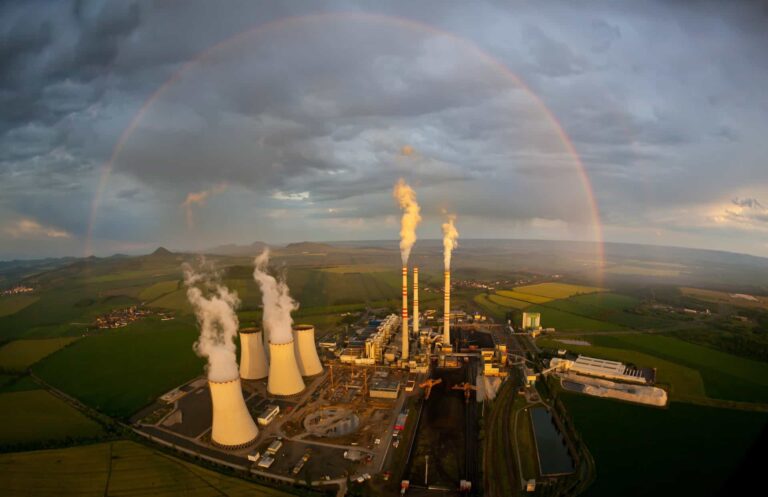In just two years, the number of biomethane plants operating in Europe has increased by almost 30%. A significant increase of 299 units brought the total to 1,322 plants by April 2023.
During the same period, biomethane production rose by 20% to 3.5 billion cubic metres. Which corresponds to just over 0.6% of the continent’s gas consumption.
These figures were released by EBA, the European Biogas Association, the association representing biogas producers at European level, which recently updated its map of European sites.
Table of Contents
Plant growth and the sustainable use of raw materials
In recent years, interest in biomethane plants has grown significantly. Interestingly, more than 75% of current installations are already connected to transport or distribution networks. Thus allowing biomethane to be fed into consumer networks. This indicates a solid infrastructure and commitment to the use of biomethane in industry and households.
Another significant trend concerns the use of feedstock. There is a clear preference for agricultural residues, organic municipal solid waste and sewage sludge as feedstock sources for biomethane plants. This choice aims to promote the sustainable use of resources while reducing dependence on monocultures.
It should be noted that since 2017, practically no new plants have been set up to run on monocultures. This signals a change in mindset and a growing commitment to more diversified and sustainable biomethane production.
Expansion of the biomethane industry: France, Denmark and Germany in the lead
The industry for the production of biomethane, the fuel obtained from the purification of biogas, is experiencing significant growth in several countries.
According to 2021 figures, France is in the lead with an increase in production capacity of 2130 GWh, followed by Denmark with +1642 GWh and Germany with +1553 GWh. However, forecasts indicate that 2022 will be an even more promising year for the sector.
In absolute terms, Germany recorded the most substantial growth in 2021, with an increase of 12753 GWh, followed by the United Kingdom with 6183 GWh, Denmark with 5683 GWh, France with 4337 GWh, the Netherlands with 2374 GWh and, in sixth place, Italy with an additional 2246 GWh.
These figures underline the commitment of several European countries towards increased biomethane production. Thus promoting the use of a sustainable energy source and reducing environmental impact.
Read also: Biomass energy production: a renewable revolution for energetic sustainability
Concentrated efforts to meet EU targets
Biomethane production has experienced remarkable growth over the last decade. And, this positive trend continues with a 30% increase in the number of installations compared to the previous map.
This figure is a strong indication of the industry’s efforts to increase production and further accelerate it in order to reach the target of 35 billion cubic metres by 2030, as proposed by the European Commission in the REPowerEU plan.
The expansion of the biomethane industry in Europe
Europe continues to show significant growth in the biomethane industry, as highlighted by Boyana Achovski, Secretary General of EIG. She confirms that as of April 2023, there are a total of 1,322 biomethane production facilities in Europe.
This figure represents a 30% increase compared to the previous edition of the map in 2021.
Achovski also highlights the remarkable increase in the number of plants over the years. Namely, 483 plants in the 2018 edition, 729 in the 2020 edition and 1,023 in the 2021 edition. Of the totals reported, 1,174 plants were identified by the EBA and shown on the map presented.
In terms of production, Europe already produces over 3.5 billion cubic metres of biomethane, showing a growth rate of 20% in 2021. A further significant increase is expected in 2022, with more plants and production shares, although consolidated figures have not yet been released.
Read also: The 5 reasons to phase out the fossil fuels era and embrace a greener energy future












